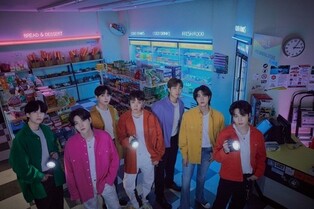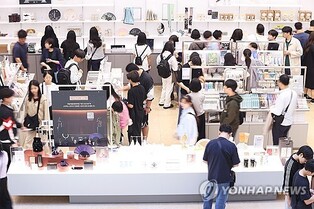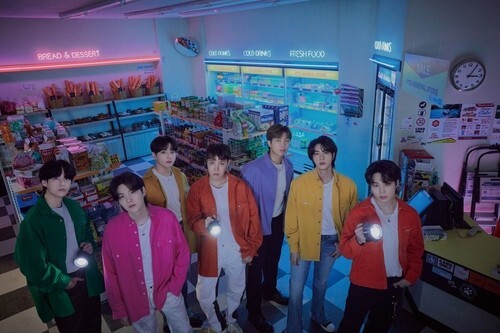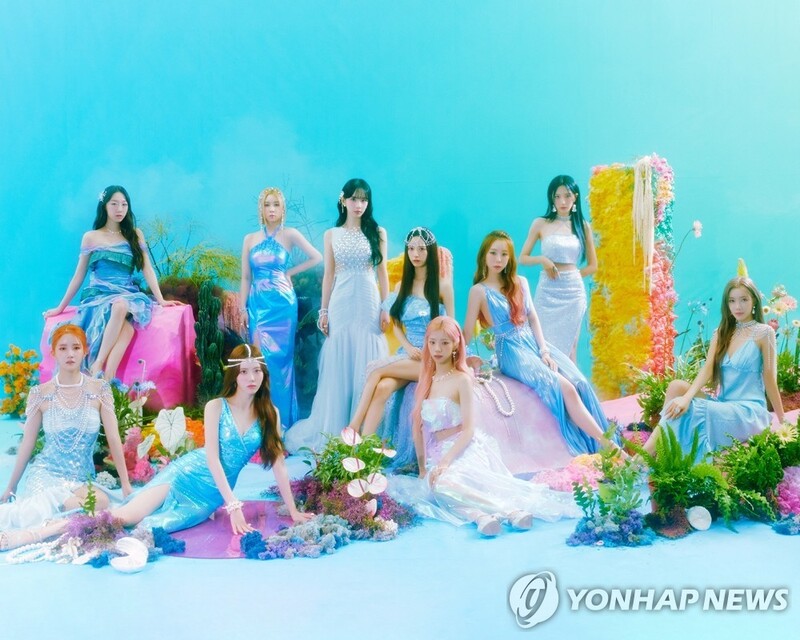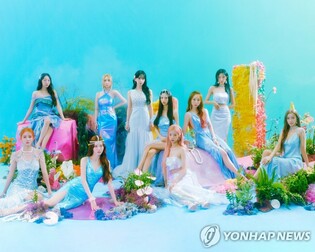*Editor’s note: K-VIBE invites experts from various K-culture sectors to share their extraordinary discovery about the Korean culture.
Chronicles of Metaverse: Implementing the Metaverse Through Games
By Noh Seok-joon (Master K-architect engineer)

With advancements in technology, the metaverse has brought various aspects of human life into a digital virtual world.
Nevertheless, many people still tend to think of the metaverse merely as a form of gaming. While it is true that the early metaverse began in the form of games, the gaming functions within the digital virtual spaces of the metaverse are particularly powerful, further reinforcing this perception.
In response to these changes, global gaming companies are evolving by incorporating metaverse elements into their programs.
Roblox, often referred to as the "YouTube of the gaming world," is the world’s largest metaverse gaming platform, with over two-thirds of American children and more than one-third of teenagers registered as users.
Nicknamed a "playground for elementary schoolers," Roblox has even captured the interest of parents. To better understand and communicate with their children, many parents are eager to learn why kids are so enthusiastic about Roblox.
Understanding what captivates Generation Z and Generation Alpha—the future leaders of the world—is crucial for preparing for what lies ahead.
Hyundai and Samsung have introduced interactive virtual spaces on Roblox, such as Hyundai Mobility Adventure (2021) and Samsung Space Tycoon (2022). However, these projects have not attracted significant user engagement. This is because Gen Z, the primary users of the platform, do not consider Hyundai and Samsung particularly relevant or interesting.
Despite this, many global companies continue to engage in marketing within metaverse platforms like Roblox. Their goal is to build familiarity with Gen Z, who will become the driving force behind industries and economies in the next decade. Given their influence, it is only natural to pay attention to the metaverse that excites them.
 |
| ▲ Metaverse game platform Roblox. Photo captured from Roblox's official website. (PHOTO NOT FOR SALE) (Yonhap) |
◇Why Does Generation Z Love Roblox?
A survey conducted in the United States revealed that 52% of teenage respondents spend more time with friends they met on Roblox than with their real-life friends. So why are children and teenagers so enthusiastic about Roblox?
Roblox was founded in 2004 by David Baszucki and Erik Cassel and launched its game service in 2006. It gained even more popularity with the rise of the metaverse. Within its three-dimensional virtual world, users interact through avatars, communicate with one another, and play games together. As features such as avatar customization and voice chat were added, Roblox became recognized as a leading metaverse gaming platform.
One of the biggest factors that differentiate Roblox from other gaming platforms is that users can create their own games, upload them, and enjoy games made by others. With approximately 50 million games available, users can experience a variety of unique games that cannot be found on other platforms. The types of games available on Roblox include first-person shooters, third-person shooters, tycoon games, simulation games, role-playing games, casual role-playing games, cops-and-robbers games, story-driven games, mini-games, and competitive games.
Beyond playing games, Roblox also allows users to form groups with others who share similar interests. These groups can range from fan clubs and support groups to hobby-based and business-oriented communities, enabling various interactive activities. Many users even communicate via video calls with their group members while playing games together.
This kind of interaction—where people connect and engage in activities across both real and virtual worlds—exemplifies the typical behavior of the metaverse generation.
Another unique feature of Roblox is its virtual currency, Robux, which can be exchanged for real-world money. Transactions within the platform are conducted exclusively with Robux, which users can purchase with real money. Robux can be used to buy clothing and accessories for avatars, various in-game items, game passes, and even entry tickets to premium games.
Because Robux can be converted into real-world currency, it also serves as a legitimate means of generating income. With administrator approval, users can sell their self-created digital items. If a user’s game becomes popular, they can even earn revenue through advertisements.
Taking advantage of this income structure, more than 300 Roblox users reportedly earn annual incomes comparable to high-paying jobs.
Roblox also frequently hosts events for its users. It has organized conventions like BloxCon for general players and, since 2008, has held an annual Egg Hunt event in celebration of Easter, where players search for hidden eggs within the game.
Additionally, the platform has hosted virtual movie promotions and charity fundraising events, connecting real-world activities with the digital space.
The structure of Roblox, which allows users to interact with avatars, play games, and participate in events, closely resembles the concept of the metaverse. Moreover, its system, which enables users to develop and sell content, earn virtual currency, and convert it into real money, provides a glimpse into the future of a fully integrated virtual and physical economy.
Generation Z is drawn to Roblox not just because it is a gaming and social space. What captivates them is the ability to independently create and activate a virtual world that includes social interaction, entertainment, gaming, and economic activities. This sense of agency and creativity strongly appeals to a generation known for its individuality and self-expression.
As this characteristic aligns with the future direction of the metaverse, it is expected that even more users will participate in and shape their own evolving digital ecosystems.
(C) Yonhap News Agency. All Rights Reserved

















